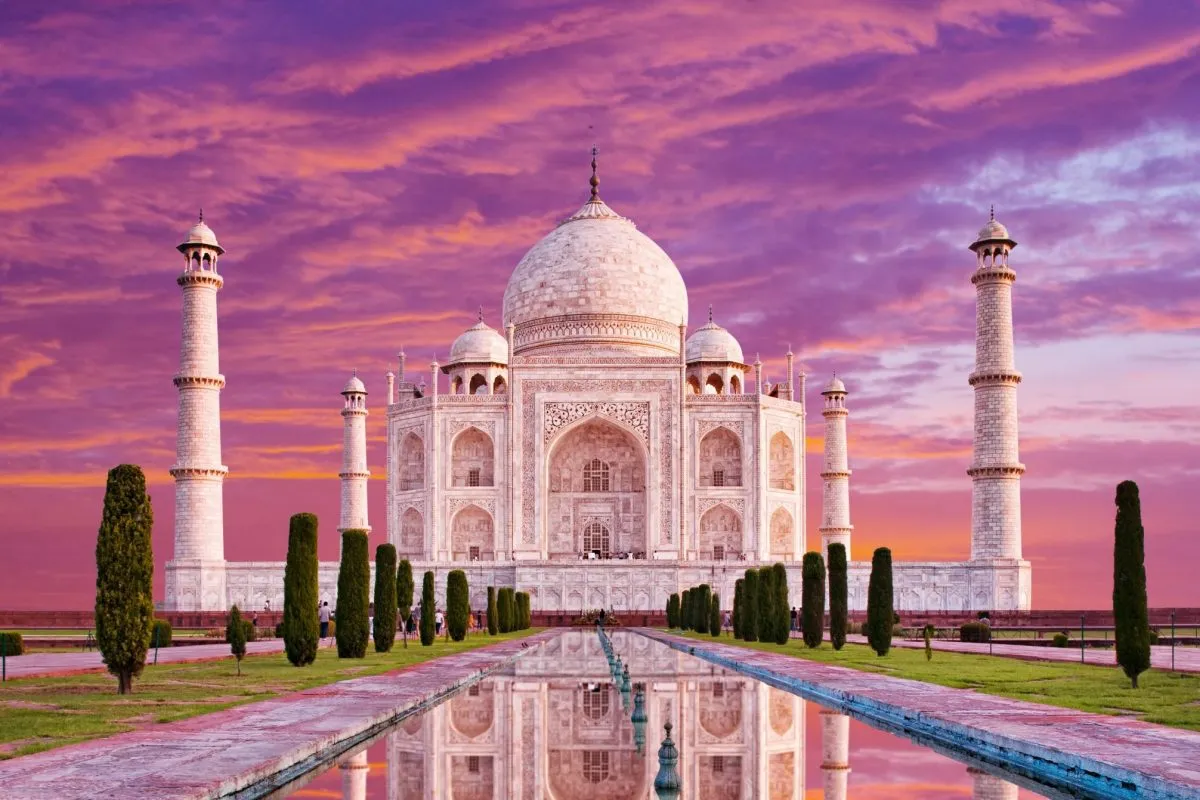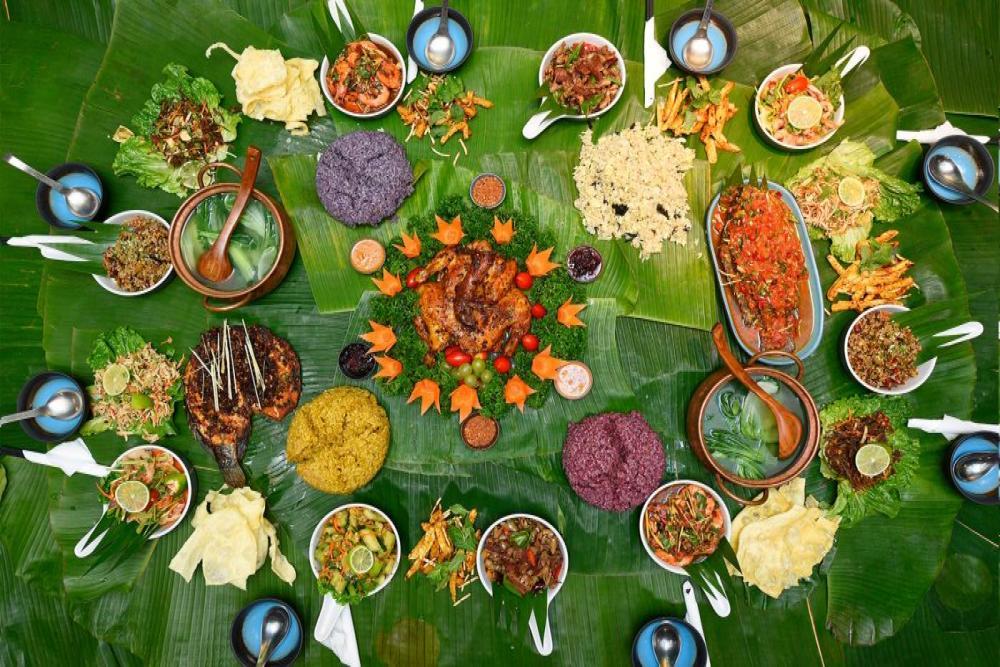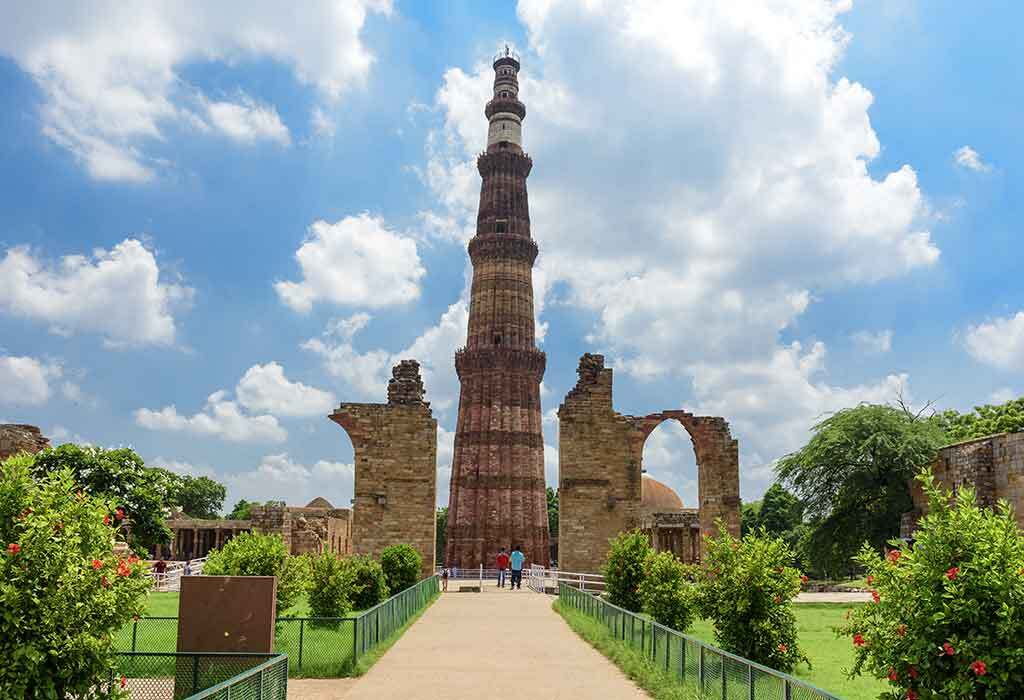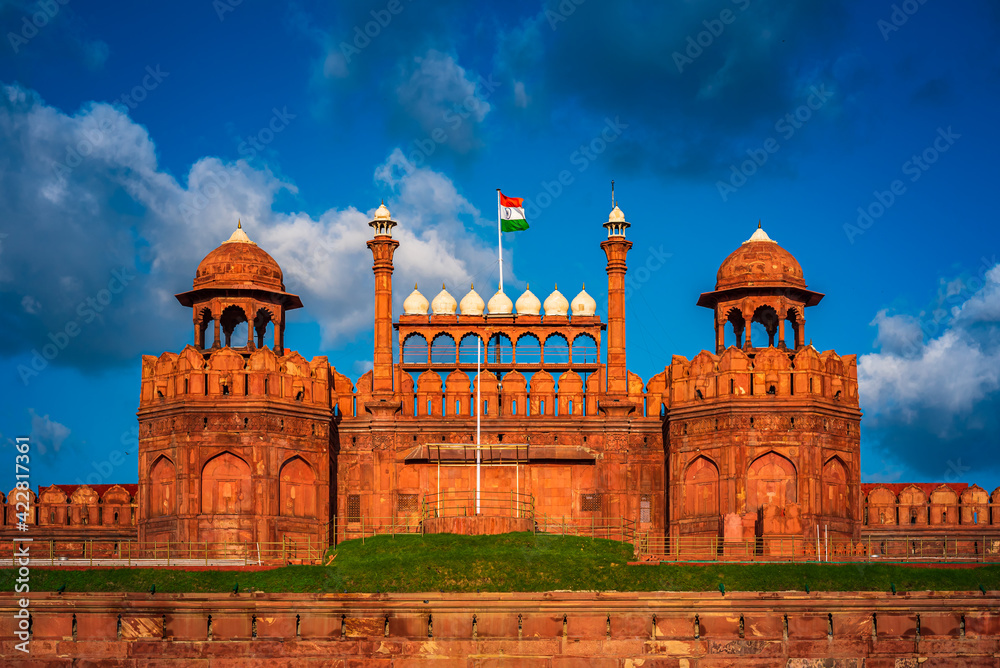About India
India has a unique culture and is one of the oldest and greatest civilizations of the world. India covers an area of 32,87,263 sq. km, extending from the snow-covered Himalayan heights to the tropical rain forests of the south. India is a comprise of 28 states and 8 union territories. India has a rich culture heritage, diverse landscape and a vibrant society.
Geographical features
Geographically, India is known for its mountains, plains, deserts, plateaus, and islands, including the Himalayas, the Indo-Gangetic Plain, and the Thar Desert. It also boasts a coastline of nearly 7,000 kilometers.
- Mountains:The Himalayas, a vast mountain range, form the northern boundary of India.
- Plains:The Indo-Gangetic Plain, a fertile alluvial plain, is located in northern India.
- Deserts:The Thar Desert, a vast arid region, is located in the northwest.
- Coastal plains:India has both Eastern and Western
coastal plains.
North India
The north part of the India is known as north India. It extends from the Himalayan mountain range in the north to the Indo-Gangetic plains, and the north part also include the Thar Desert. North India occupies nearly two-quarters of the area and population of India and includes one of the three mega cities of India which is Delhi. The states in north India are: Jammu and Kashmir, Himachel Pradesh, Punjab, Haryana, Rajasthan, uttar Pradesh, uttarakhand, Delhi, and Chandigarh. The northern plains are formed by the alluvial deposits of the three major river systems of India, which are the Indus, the Ganga, and the Bramaputra along with their tributaries.



South India
South India, also known as Southern India or Peninsular India, is the southern part of the Deccan Peninsula in India encompassing the states of Andhra Pradesh, Karnataka, Kerala, Tamil Nadu and Telangana as well as the union territories of Lakshadweep and Puducherry, occupying 19.31% of India's area (635,780 km2 or 245,480 sq mi) and 20% of India's population. The people in south India speak atleast one of the majour four language which are: Tamil, Malayalam, Telugu and Kannada. South India is bound by the Bay of Bengal in the east, the Arabian Sea in the west and the Indian Ocean in the south. The states in south India are: kerala, Tamil Nadu, Karnataka, Telangana and Andra Pradesh.



The Indian Architecture
Indian architecture showcases a rich and diverse tapestry of styles, reflecting the country's long history. Some prominent example of the Indian architecture is Taj Mahal.an iconic symbol of Mughal architecture, blending Persian and Islamic elements. Other notable examples include temples like the Lotus Temple, Konark Sun Temple, and Meenakshi Temple, showcasing different regional styles and artistic expressions.Additionally, the Ellora Caves, the Qutub Minar, and the Hawa Mahal, all represent distinct architectural styles and eras.


